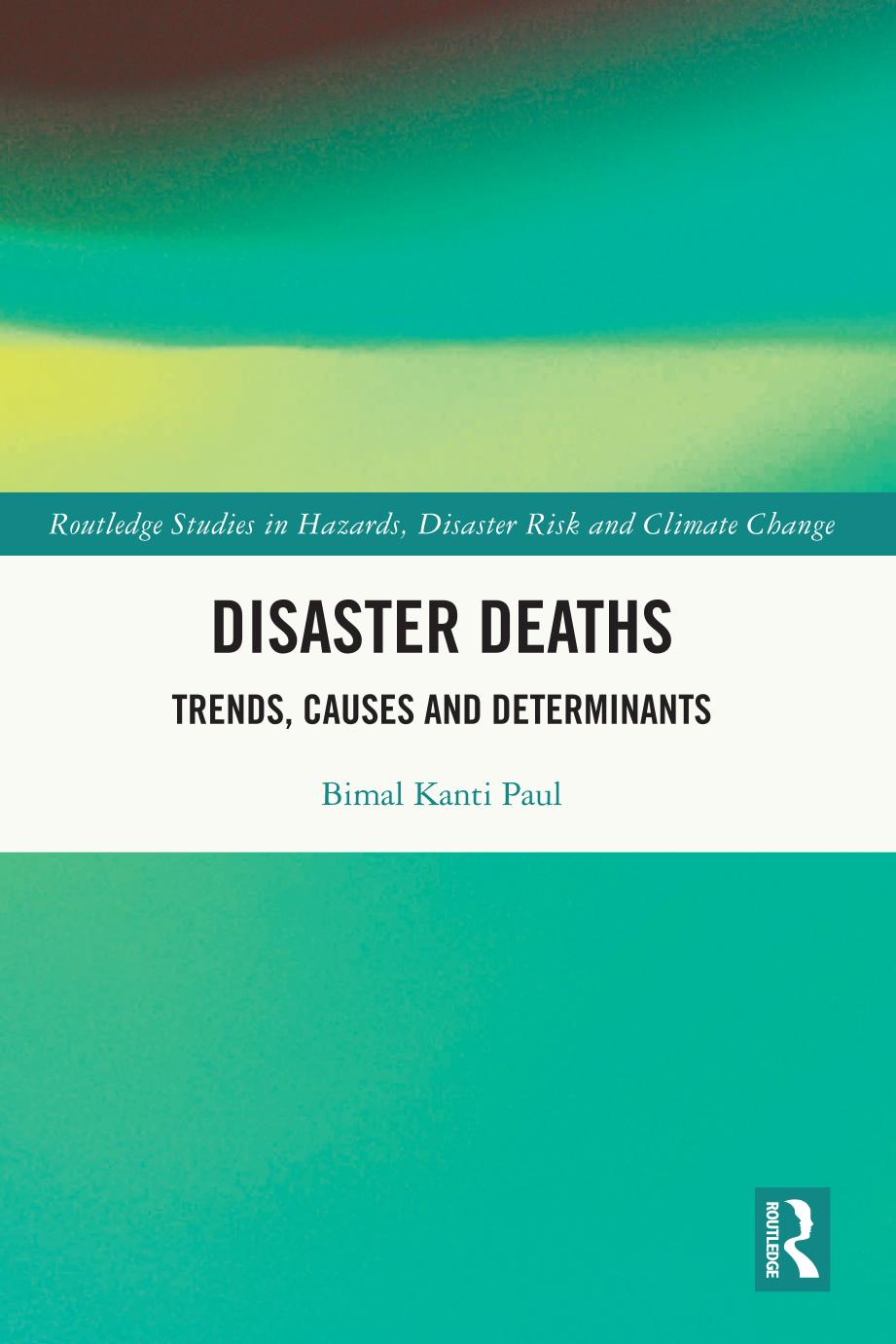

Most ebook files are in PDF format, so you can easily read them using various software such as Foxit Reader or directly on the Google Chrome browser.
Some ebook files are released by publishers in other formats such as .awz, .mobi, .epub, .fb2, etc. You may need to install specific software to read these formats on mobile/PC, such as Calibre.
Please read the tutorial at this link: https://ebookbell.com/faq
We offer FREE conversion to the popular formats you request; however, this may take some time. Therefore, right after payment, please email us, and we will try to provide the service as quickly as possible.
For some exceptional file formats or broken links (if any), please refrain from opening any disputes. Instead, email us first, and we will try to assist within a maximum of 6 hours.
EbookBell Team

0.0
0 reviewsThis book conducts a systematic inquiry into the tragic deaths caused by natural disasters at different geographic scales. It employs key disaster concepts and classification of disasters to understand the high mortality rates and the various factors associated with these deaths.
Deaths are the direct and immediate impact of disaster events, which have remained a major concern for disaster managers and policy-makers all over the world. Using primary research and secondary data, this book provides a comprehensive analysis of various facets of disaster deaths such as trends, circumstances and causes, and determinants at global, regional, national, and subnational scales. It offers a holistic perspective on disaster mortality, which has been lacking for some time. The book not only fills this research gap but also suggests important policy implications for disaster managers and policy makers working in multilateral, bilateral, local, and international nongovernmental organizations (NGOs). These policies include effective strategies to significantly reduce the risk of deaths caused by natural disasters, which are explored through chapters written in a clear and accessible style. Drawing together the case studies on past major disasters as well as recent ones, the book provides new and critical insights into deaths precipitated by natural disasters.
Suitable for both technical and nontechnical readers, the book has a broader appeal and will thus be useful for practitioners, researchers, students, as well as activists in the area of hazards and disasters who are interested in studying mortality due to extreme natural events.